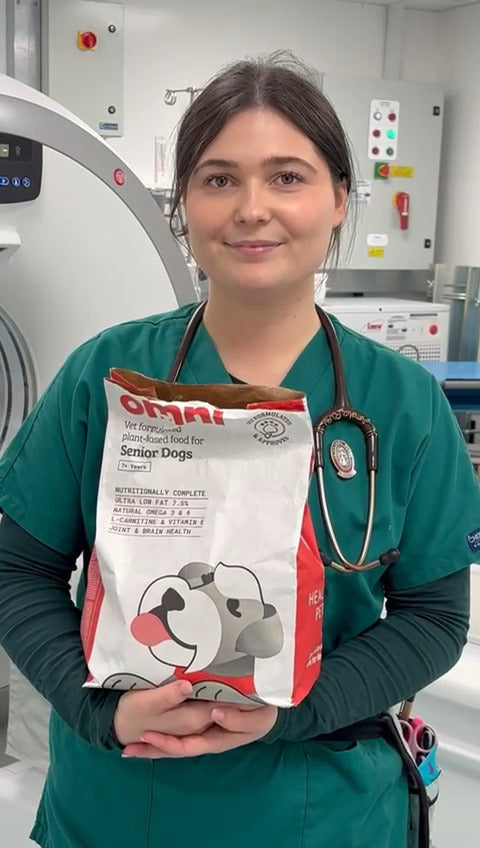Dogs are colourblind… right?

People often think that dogs can’t see colour, or they can only see in greys, however the truth is we don’t give our canine companions the credit they deserve when it comes to eyesight. We’re here to straighten out the truth. While we have trichromatic colour vision, meaning we can see variances of three main colours, dogs have dichromatic vision, meaning they can only see variances of blue and yellow. Interestingly, dogs also struggle to see objects in the far distance.
So, what do some of the main colours look like to our doggos? Blue- Blue! Dogs can perceive the colour blue quite well, but variances of blues look quite similar to them, including purples. Red- Looks grey/black/dark brown. Yellow/green/orange- All look yellow!
There are a few different problems that can go wrong with a dog’s eyes just like us. Problems can range from mild inflammation to severe internal changes of the eye itself. Some of the signs to look out for in your doggy’s eyes that show they may need to see the vet include redness, discharge, the eyelids being less open than usual, swelling, colour changes and any obvious changes to their vision such as being less confident walking around at night.
So, dogs got the bad end of the deal, right? Well, not exactly. While dogs perceive less colours than us, they have better vision in lower levels of light and can spot moving objects extremely well. They also can see a much wider field of view than us. Perhaps most importantly, who could forget that dogs have an incredible sense of smell, so although they may not be able to find a yellow ball in green grass by sight, they can certainly smell it! So don’t discount your furry friends’ vision too quickly because it may turn out that sometimes they can see better than you!







 85 Great Portland Street, 1st Floor, London, W1W 7LT United Kingdom
85 Great Portland Street, 1st Floor, London, W1W 7LT United Kingdom





